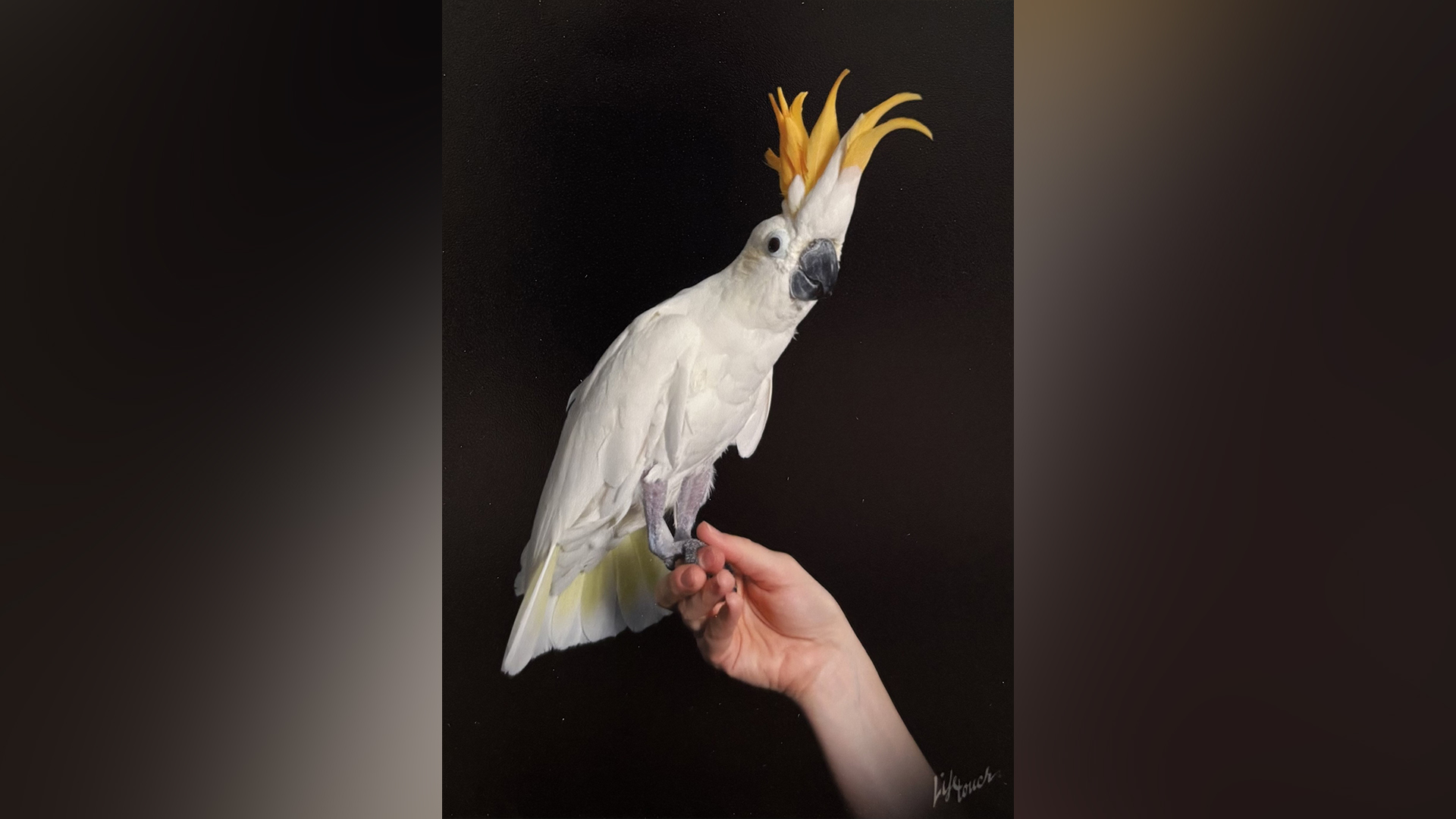NC State Veterinary Medicine Research Roundup, August 2021

A look at some of the latest published studies from the CVM.
Early Dog Domestication and Social Skills
Companion dogs evolved from wolves, but how soon did they become the dogs we know and love today?
A new study finds that the social skills of domesticated dogs were applied toward ancient humans in a new way and early in development, leading to fast cooperative communication between the species.
Researchers studied dog and wolf puppies through a range of temperament and cognition tasks, finding that dog puppies are more attracted to humans, read human gestures more skillfully, and make more eye contact with humans than wolf puppies.
The study, co-authored by Margaret Gruen, paints a clearer picture of how domestication affected dog cognition, backing up the theory that domestication enhanced the cooperative-communicative abilities of dogs as selection for attraction to humans altered social maturation.
Current Biology published the research.
Read the study here.
Preventing FIV- and HIV-Related Neurodegeneration
A new study identifies a promising new treatment to control neurodegeneration in individuals infected with HIV, the virus that causes AIDS.
The study, published in the Journal of NeuroVirology, finds that novel non-peptide ligand LM11A-31, which targets the p75 neurotrophin receptor known to provide strong neuroprotection, prevented neural dysfunction in cats with feline immunodeficiency virus (FIV) with minimal side effects.
The study reflects the strong potential of neurotrophin-based therapies to stabilize and repair the nervous system. Study authors include Duncan Lascelles, Margaret Gruen, former CVM professor Barbara Sherman, Andrea Thompson, Lola Hudson and Jonathan Fogle.
Read the study here.
Bartonella’s Link to Osteomyelitis
A new study is believed to be the first to document a case of Bartonella-associated osteomyelitis in dogs.
Bartonella-associated osteomyelitis, the inflammation of bone caused by infections, has been previously described in humans and cats. Bartonella bacteria cause a range of diseases in humans and animals, including cat-scratch disease.
The study, published in Clinical Case Reports with authors including Edward Breitschwerdt and Frankie Easley, advises that infection with Bartonella should be considered clinically as a bacterial cause of canine osteomyelitis.
Read the study here.
Monitoring Daily UBV
A 3D bladder ultrasound can successfully measure daily urinary bladder volume in hospitalized dogs, providing potentially important information to veterinarians overseeing medical recovery.
The study evaluated a 3D ultrasound’s ability to monitor daily urinary bladder volume (UBV) and urine residual volume (URV), noting that the device provides a safe estimate of bladder volume in real-time.
Daily monitoring of URV may help in the early identification of patients who are retaining urine, preventing potential adverse effects of urethral catheterization or prolonged urinary retention.
The Journal of Veterinary Internal Medicine published the research authored by Shelly Vaden, Sarah Musulin, Allison Kendall and Edward Vasquez.
Read the study here.
Monitoring Worldwide Antimicrobial Resistance
A study co-authored by Andy Stringer finds significant occurrences of MRSA in raw milk and dairy products studied in Addis Ababa, Ethiopia.
Staphylococcus aureus is a contagious pathogen that causes a range of diseases in humans and animals, with antimicrobial-resistant S. aureus becoming an extremely important threat to global health. Methicillin-resistant S. aureus, or MRSA, can cause infections of the skin, but also the bloodstream, lungs, and the urinary tract.
The practice of consuming raw dairy products in the area studied signifies a serious public health threat, researchers note. BioMed Research International published the research.
Read the study here.
Treating Equine Recurrent Uveitis 
Injections of triamcinolone acetonide (TA) appear to be a safe and possibly effective treatment approach to managing poorly responsive equine recurrent uveitis (ERU).
ERU is a chronic inflammatory disease that is a common cause of blindness in horses, and its severity and recurrent nature make treatment difficult. The study injected TA into the suprachoroidal space (SCS), an area between the choroid and sclera that’s a promising site for ocular drug application.
Researchers noted a significant decrease in ocular inflammation over time following the SCS TA administration. Brian Gilger and Nicole Gagnon are among the authors of the study published in Veterinary Ophthalmology.
Read the study here.
Effective Antibiotics for Cheetahs
Intramuscular injection of the infection-managing cephalosporin cefovecin is potentially useful as a long-acting antibiotic in cheetahs, according to a new study co-authored by Mark Papich.
Cefovecin has potential value for use in exotic cats because of its long duration of action. Plasma concentrations of cefovecin were highly maintained in cheetahs during the study’s duration with no adverse effects observed.
The Journal of Veterinary Pharmacology and Therapeutics published the research.
Read the study here.
~Jordan Bartel/NC State Veterinary Medicine


